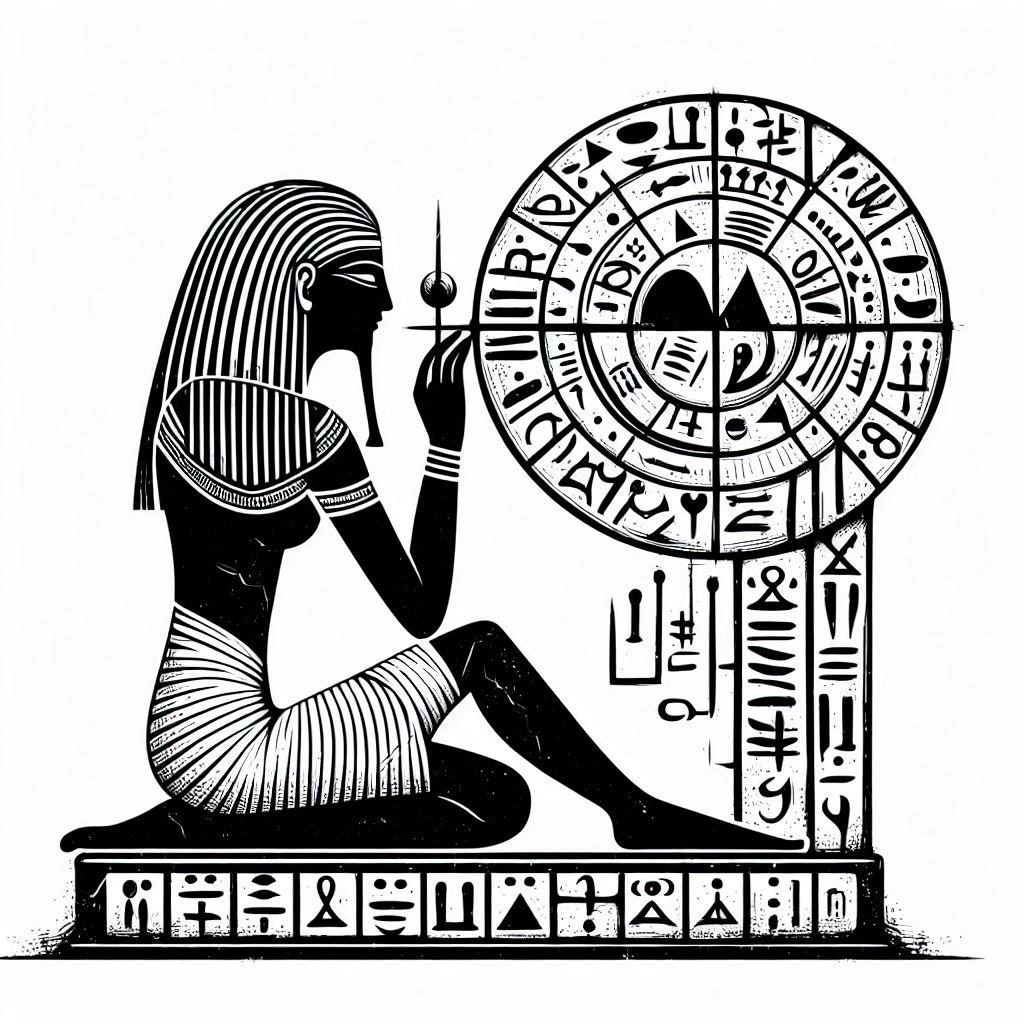In the previous section, we explored the prevailing theory that the Egyptian pyramids were built through sheer manpower, precision, and determination. Like a cryto bro.
It’s estimated that around 20,000 laborers, working tirelessly, managed to place roughly one block every 3 minutes over the course of 30 years to complete the Great Pyramid.
This all happened around 3000 B.C., a time when recorded history was sparse – even the Greeks and the Chinese dynasties hadn’t yet emerged, and in Central America, Caral’s pyramids were among the few signs of civilization.
So…we are going to take a deep dive into other theories! yay!
How were the pyramids built?
In this post, let’s dig into Theory #2: Molded Limestone – an unconventional idea proposed by scientist Joseph Davidovits, who believes that the Egyptians didn’t transport massive blocks to Giza but instead dissolved limestone and molded it on-site.
That’s it. End of the theory.

Table of Contents
How were the pyramids built : Theory #2: Molded Limestone – The Basics
Davidovits’ hypothesis centers on two key points:
- Limestone can be dissolved and potentially shaped.
- Inside some pyramid stones, tiny air bubbles and organic particles were found, which are unusual because stone typically doesn’t contain these traces.
According to Davidovits, ancient Egyptians may have dissolved limestone and then poured it into molds directly on-site.
But skeptics argue against this theory, pointing out that granite – used in the inner chambers – can’t be dissolved like limestone. Which doesn’t really go against limestone.
Additionally, there are clear quarry marks from where the limestone blocks were cut and extracted.
The thing is, construction in Egypt continued for over 5,000 years, so the Egyptians would have needed huge quantities of stone not only for pyramids but also for temples, tombs, casinos and football fields…
Counterarguments to the Molded Limestone Theory
The molded stone theory raises several questions:
- Lack of Archaeological Evidence: There are no ancient texts, inscriptions, or artwork depicting the Egyptians liquefying stone. AND there are no molds or tools from that time to suggest this method.
- Inconsistent Block Sizes: Each block of the Great Pyramid is slightly different in size, which would be challenging to achieve if they were molded.
Interestingly, however, there is a stone artifact, in the Louvre inscribed with hieroglyphs hinting that Egyptians may have known some kind of chemical formula for casting stone:
“I know the parts that belong to the casting technique, the name, and the weight of ingredients according to its exact recipe, the making of the mold, so that each piece goes to its place.”
Yet, without more physical evidence, this remains speculation.
That stone is the “Famine Stela”

Other Supporting and Contradictory Evidence
Another piece of the official theory comes from an ancient papyrus that shows workers dragging a statue.
But, there no one related to the pyramid…
Yet, no ramps were found directly in or near the Great Pyramid itself, only in other sites…
Many artistic recreations depict wooden rollers under massive stones, pulled by large groups of workers. But wood was scarce in ancient Egypt, because it was a dessert.
What it has been found were huge bronze and stone chisels.
The 1979 Discovery: Artificial vs. Natural Stones
At the Second Egyptology Congress in Grenoble, France, in 1979, petrology expert Dr. Klemm presented findings from his analysis of stones from the Great Pyramid.
Among the 20 stone samples, none had a uniform, natural consistency. Each seemed to come from a different source, with the density varying even within the same stone.
What’s more, these blocks held more moisture than natural stone typically would. Klemm’s conclusion? The stones were likely artificial, supporting the possibility of a limestone-casting method.
The Verdict?
The mystery remains!
Although this theory makes sense and there are other related studies, such as Luis Alvarez’s research using cosmic rays on the pyramids and the Andean ephedra plant that the Incas supposedly used to soften stones, the fact remains that limestone softening has yet to be successfully replicated.
Stay tuned as we move on to Theory #3: Magnetic Levitation.





